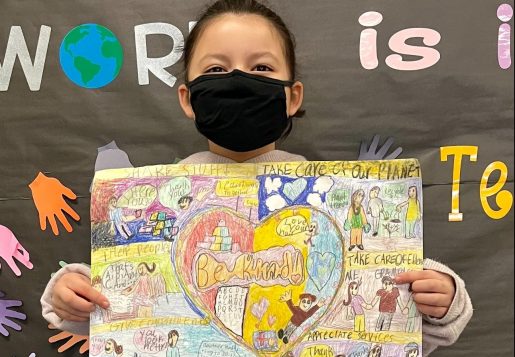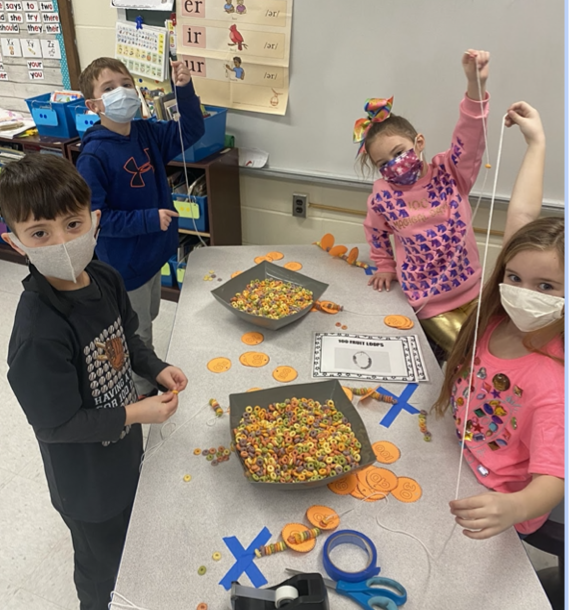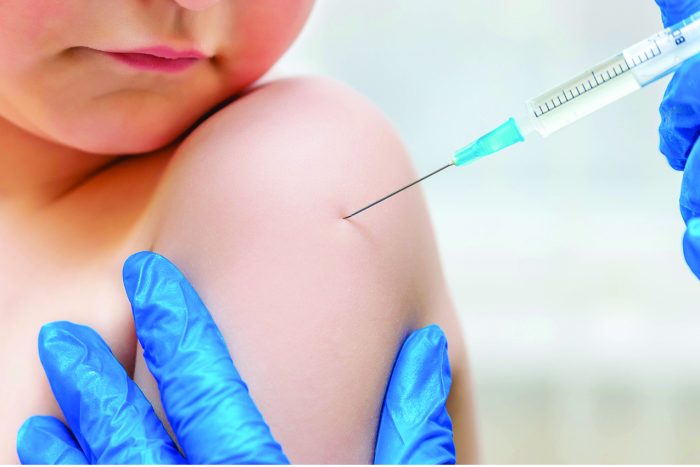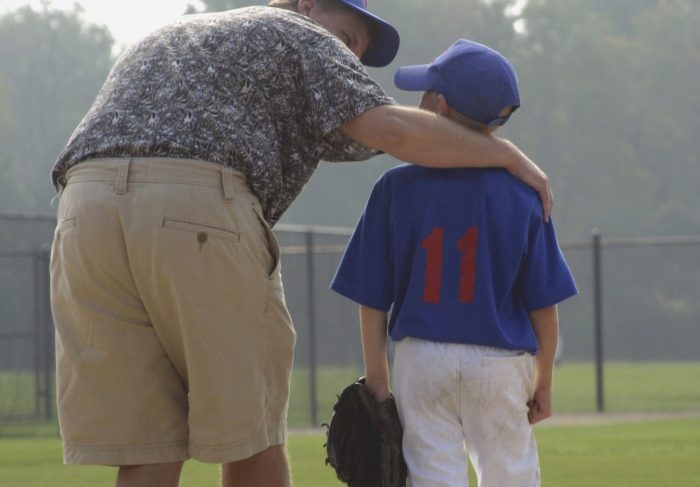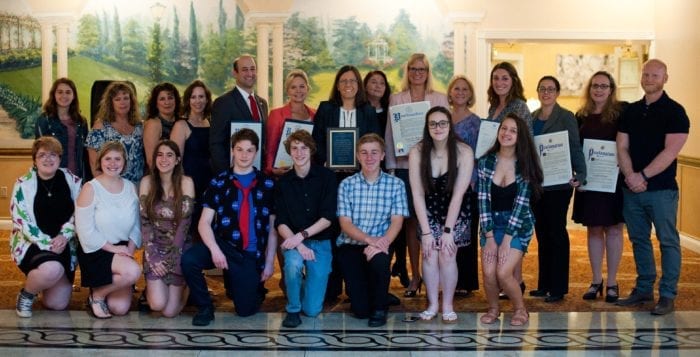New education programs connect kids to nature

The game farm is also offering special programming for infants to children age 12 during the break, beginning February 19. Kids can learn how animals prepare for winter, including adaptations, migration, and hibernation; sketch some of the resident animals; and engage in imaginative play using stuffed animals, music, and dance.
These programs will be presented by the Foundation for Wildlife Sustainability, the game farm’s nonprofit arm that aims to connect people with wildlife and the natural environment through awareness activities and engaging experiences.
“We’re thrilled to offer families educational and fun experiences during February break this year,” shares Long Island Game Farm president Melinda Novak. “The Foundation for Wildlife Sustainability’s programming at the game farm encourages children and adults alike to foster an appreciation for nature through engaging experiences. We also have a great education team to lead these programs, so we’re very excited for all to come this year.”
Animals in Winter – Monday, February 19 @ 9 a.m.
In this program for children ages 5 to 7, educator James Carey will discuss how animals prepare for winter using adaptations, migration and/or hibernation. The fee is $35 per child.
Animals in Winter – Monday, February 19 @ 1 p.m.
In this program for children ages 8 to 12, educator James Carey will discuss how animals prepare for winter using adaptations, migration and/or hibernation. The fee is $35 per child.
Sketch the Animals – Wednesday, February 21 @ 10:30 a.m.
Bring your sketch pad and drawing tools to the Long Island Game Farm’s Woodland Hall to see and sketch select resident animals up close. For ages 8 and up. The fee is $25 per person.
Make Music with Ms. Jenna – Friday, February 23 @ 10:30 a.m.
Spark imagination and create music using stuffed animals, song, and dance in this program for children up to age 5. The fee is $20 per child and adult. Each additional child is $10.
Registration is required and can be booked online at longislandgamefarm.com or by calling 631-878-6644.
For those that wish to spend more time at the game farm, attendees to these classes will receive half-off admission for the day of class. The teacher or staff will meet students at the ticket booth.
Long Island Game Farm, 489 Chapman Blvd., Manorville will be open on weekends in February and for winter break from Monday, February 19 through Sunday, February 25 from 10 a.m. to 4 p.m. All paying guests will receive a free cup of animal food in February. For more information, call 631-88-6644 or visit www.longislandgamefarm.com.





